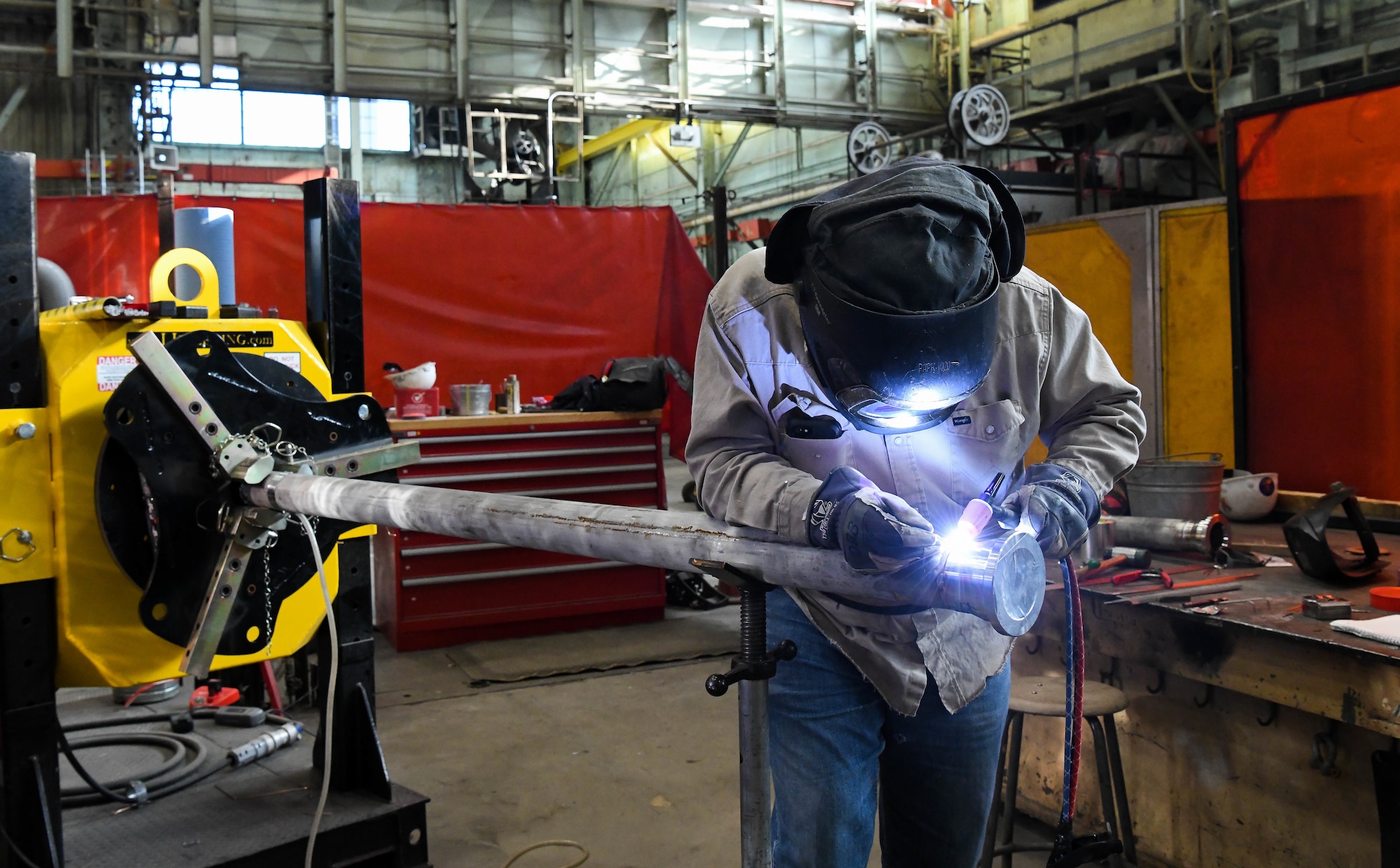Exactly how to Develop a Reliable Welding WPS: Tips and Ideal Practices
Exactly how to Develop a Reliable Welding WPS: Tips and Ideal Practices
Blog Article
The Ultimate Guide to Welding WPS Procedures: A Detailed Review for Welders
In the detailed globe of welding, Welding Treatment Specifications (WPS) offer as the foundation of guaranteeing quality, uniformity, and safety in welding procedures. Understanding the nuances of creating, implementing, and keeping track of WPS procedures is important for welders wanting to raise their craft and fulfill market requirements. As we look into the numerous parts of a WPS and explore the intricacies of credentials and qualification, we will reveal the essential duty these procedures play in the world of welding. Let's start a journey to unwind the complexities and relevance of WPS procedures in welding practices.
Significance of WPS Procedures
Understanding the importance of Welding Treatment Requirements (WPS) treatments is important for making sure the high quality and integrity of bonded structures. WPS treatments act as a roadmap for welders, laying out the essential actions, criteria, and products called for to accomplish an audio weld. By sticking to WPS standards, welders can make sure consistency in their job, causing reliable and structurally audio welds.
One of the key reasons WPS procedures are vital is their function in preserving weld high quality and stability. Adhering to the defined welding specifications and methods detailed in the WPS helps avoid flaws such as porosity, fracturing, or insufficient blend, which can compromise the toughness and longevity of the weld. In addition, WPS treatments are vital for making certain conformity with market requirements and codes. By complying with well-known WPS guidelines, welders can show that their work fulfills the needed demands for security and top quality, giving assurance to clients, examiners, and regulatory bodies. Basically, the significance of WPS treatments can not be overemphasized, as they are basic to accomplishing consistent, top notch welds that meet sector requirements and specifications.

Parts of a WPS
A Welding Procedure Specification (WPS) generally comprises essential parts that information the particular needs for implementing a weld, making certain consistency and top quality in the welding procedure. The vital parts of a WPS include vital variables such as base steels, filler steels, preheat and interpass temperatures, welding processes, shielding gases, welding settings, and post-weld heat treatment requirements.
Base metals describe the materials being signed up with, while filler steels are used to fill the space in between the base metals during welding. Preheat and interpass temperature levels are crucial for managing the warm input and protecting against concerns like splitting or distortion. The welding procedure describes the specific strategy to be made use of, whether it's gas steel arc welding (GMAW), protected metal arc welding (SMAW), or one more approach. Securing gases shield the weld pool from climatic contamination. Welding settings define the alignments in which welding can be done. Post-weld warm therapy might be necessary to alleviate stresses and enhance the weld's properties. A complete understanding of these elements is important for creating a effective and extensive WPS.

Certification and Certification
Having actually developed the essential elements of a Welding Treatment Spec (WPS), the emphasis now changes towards the critical facets of qualification and certification in welding practices.

Certification, on the various other hand, is the official recognition of a welder's credentials by a pertinent accreditation body or company. Welding qualifications are commonly based upon the details welding procedures, materials, and positions a image source welder is qualified to work with. Holding a legitimate welding accreditation demonstrates that a welder satisfies market standards and is proficient to execute welding jobs to the needed specifications.
Creating a WPS
To establish a Welding Procedure Specification (WPS) that meets sector requirements, careful consideration of welding procedures, products, and functional parameters is essential (welding WPS). The very first step in producing a WPS is to recognize the welding process to be used, such as gas steel arc welding (GMAW) or secured metal arc welding (SMAW) Once the welding procedure is determined, the following essential aspect is picking the suitable materials, considering factors like base steel type, density, and joint design. Operational criteria such as welding present, voltage, traveling rate, and securing gas structure have to additionally be carefully specified in the WPS.

Carrying Out and Monitoring WPS
Upon finalizing the thorough Welding Procedure Requirements (WPS) that meticulously information welding procedures, products, functional specifications, and high why not try this out quality guarantee measures, the emphasis moves to properly implementing and keeping an eye on the established procedures. Execution involves ensuring that all welders associated with the project know with the WPS and follow it carefully throughout the welding process. This needs giving sufficient training and guidance to guarantee adherence to the defined procedures. Keeping an eye on the WPS involves continuous oversight to verify that welding tasks straighten with the documented requirements. Evaluations, testing, and quality assurance steps are necessary elements of the monitoring procedure to identify any type of discrepancies or problems promptly. Routine audits and reviews of the welding treatments aid in maintaining consistency and high quality throughout the job. Reliable execution and tracking of the WPS are critical for making certain the integrity, strength, and safety and security of the welded joints, inevitably adding to the overall success of the welding job.
Final Thought
To conclude, understanding and adhering to Welding Treatment Specs (WPS) is important for welders to guarantee top quality, uniformity, and safety and security in their job. By recognizing the components of a WPS, obtaining correct credentials and certifications, developing comprehensive treatments, and implementing and monitoring them effectively, welders can boost their abilities and proficiency in welding practices. Sticking to WPS procedures is important for creating premium welds and conference industry standards.
In the intricate world of welding, Welding Procedure Specs (WPS) serve as the foundation of guaranteeing high quality, uniformity, and security in welding procedures. The welding procedure describes the particular technique to be made use of, whether it's gas metal arc welding (GMAW), shielded steel arc welding (SMAW), or another method.To establish a Welding Procedure Requirements (WPS) that satisfies sector standards, Read More Here mindful factor to consider of welding processes, materials, and operational specifications is necessary. The first step in producing a WPS is to determine the welding process to be made use of, such as gas steel arc welding (GMAW) or protected steel arc welding (SMAW)Upon completing the thorough Welding Treatment Spec (WPS) that diligently information welding procedures, products, functional criteria, and high quality assurance actions, the focus moves to properly implementing and monitoring the well established procedures.
Report this page